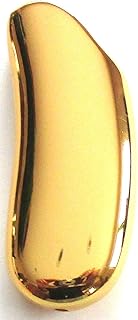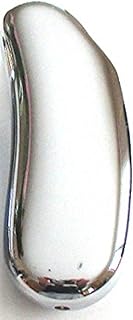The Science Behind BIC Lighters: How They Work
BIC lighters, a ubiquitous symbol of convenience and reliability, are actually quite ingenious pieces of engineering. Their simple yet effective design relies on a combination of chemical reactions and physical principles to create a flame. Here's a breakdown:
1. The Fuel:
* Butane: BIC lighters use butane, a highly flammable hydrocarbon gas, as their fuel source. Butane is stored in a pressurized container within the lighter.
* Pressure: The butane is kept under pressure, which allows it to remain in a liquid state even at room temperature.
2. The Spark:
* Flint and Steel: The lighter's ignition system utilizes a flint wheel and a steel striker.
* Friction: When you press the lighter's button, the flint wheel spins rapidly against the steel striker.
* Sparks: This friction generates sparks, which are tiny, hot particles of metal.
3. The Flame:
* Vaporization: The sparks ignite the butane gas, which has been vaporized due to the pressure reduction when the lighter's valve is opened.
* Combustion: The vaporized butane reacts with oxygen in the air, creating a combustion reaction that produces heat and light, resulting in a flame.
4. The Flame Adjuster:
* Air Flow: The flame adjuster controls the amount of air that mixes with the butane gas. More air means a hotter, larger flame, while less air creates a smaller, less intense flame.
5. The Safety Features:
* Pressure Relief Valve: BIC lighters have a safety valve that releases excess pressure, preventing explosions.
* Child-Resistant Mechanism: Many models include child-resistant features that make it harder for children to operate the lighter.
In a nutshell, BIC lighters work by combining a pressurized butane fuel source, a spark ignition system, and a controlled release of butane gas. This combination results in a safe and reliable flame for various applications.
Additional Notes:
* The flame's color is determined by the impurities in the butane. Pure butane burns with a blue flame, while impurities often result in a more orange or yellow flame.
* BIC lighters are designed to be disposable, but the refillable versions are also available.
* Due to the pressure involved, it's essential to handle lighters with care and avoid exposing them to extreme heat.
Understanding the science behind BIC lighters helps appreciate their ingenious design and appreciate how they safely deliver a reliable flame for various purposes.


